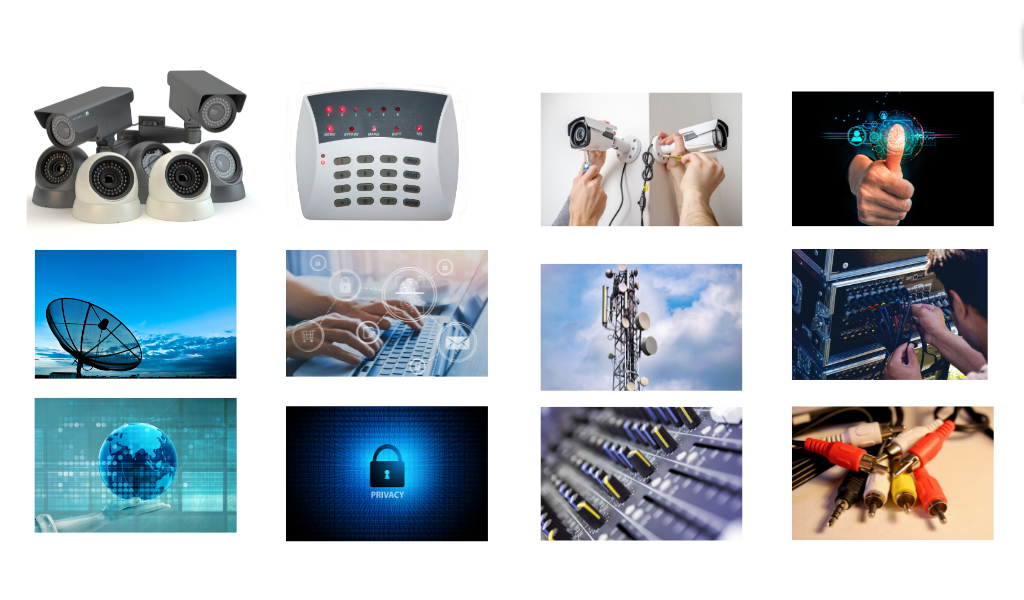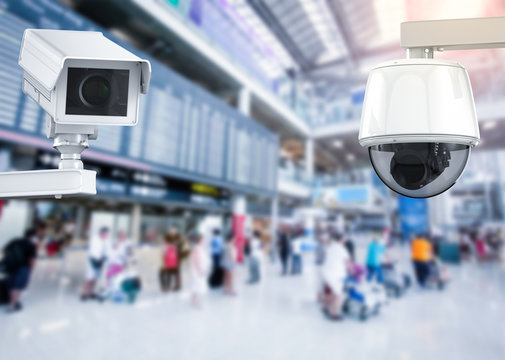How CCTV Cameras Can Improve Traffic Flow Management in Cities

CCTV cameras play a pivotal role in transforming how cities monitor and manage traffic. By offering real-time data and insights, they enable authorities to respond swiftly to traffic-related issues, optimize traffic signals, and gather valuable data for long-term planning. This article explores how CCTV cameras contribute to traffic flow management in urban environments, enhancing safety, efficiency, and overall quality of life for city residents.
Real-Time Monitoring and Immediate Response
One of the primary advantages of CCTV cameras in traffic management is their ability to provide real-time monitoring of traffic conditions. By strategically placing cameras at key intersections, highways, and congested areas, city authorities can instantly observe the flow of traffic. This immediate access to live video feeds allows for quick decision-making when managing incidents or disruptions.
For example, if an accident occurs, CCTV cameras can capture the event, enabling traffic control centers to respond immediately. Authorities can divert traffic, send emergency services, and even communicate with drivers through variable message signs to reduce congestion caused by the incident. The ability to act quickly and efficiently can significantly minimize delays, reduce the risk of secondary accidents, and improve the overall safety of the roads.
Optimizing Traffic Signal Control
CCTV cameras contribute to smarter traffic signal management by providing real-time data that can be used to adjust traffic signal timings. In areas with heavy traffic flow, the traditional fixed-duration signal timing can often lead to unnecessary delays, even when traffic volumes fluctuate. CCTV cameras can provide valuable input to intelligent traffic control systems that dynamically adjust signal timings based on current traffic conditions.
For instance, if a particular lane or intersection is experiencing higher traffic volume, the system can extend the green light duration to accommodate the flow of vehicles. Conversely, in less congested areas, the system can shorten the green light duration to minimize waiting times. This dynamic control helps ensure that traffic moves more smoothly, reduces congestion, and improves the overall efficiency of the transportation network.
Managing Congestion and Traffic Bottlenecks
In many urban environments, traffic bottlenecks are a major issue. These bottlenecks often occur at busy intersections, on ramps, or in areas where lanes narrow. CCTV cameras play a crucial role in identifying these areas of congestion in real-time. By monitoring the flow of vehicles, authorities can identify patterns of congestion and take proactive steps to alleviate the problem.
For instance, if a bottleneck is detected at a specific intersection during peak hours, traffic authorities can use the data gathered from the CCTV cameras to adjust traffic signals, deploy additional traffic officers, or inform drivers of alternative routes. Additionally, the insights gained from CCTV monitoring can be used to inform long-term infrastructure improvements, such as adding lanes, widening roads, or building new flyovers.
Collecting Data for Traffic Analysis and Planning
CCTV cameras are not only useful for real-time monitoring and response but also serve as valuable tools for data collection. The footage captured by cameras can be analyzed to understand traffic patterns, peak travel times, and the effectiveness of current traffic management strategies. This data is crucial for urban planners and traffic engineers who need to make informed decisions about future infrastructure projects.
By analyzing the data collected from CCTV systems over time, cities can identify trends such as the most congested routes, areas prone to accidents, and peak travel times. This information helps authorities make better decisions about where to invest in new roads, bridges, or public transport systems. Furthermore, it can guide policy decisions regarding traffic regulation, such as implementing congestion pricing, adjusting public transport routes, or promoting sustainable alternatives like cycling.
Enhancing Public Safety and Reducing Accidents
CCTV cameras also contribute to public safety by deterring dangerous driving behaviors. When drivers are aware that they are being monitored, they are more likely to adhere to traffic laws, reduce speeding, and avoid reckless driving. This can lead to fewer accidents and safer roads for all users, including pedestrians, cyclists, and motorcyclists.
In addition to preventing accidents, CCTV cameras can also provide valuable evidence in the event of an incident. If a crash or traffic violation occurs, authorities can review the footage to determine the cause of the accident, identify at-fault drivers, and gather evidence for insurance claims or legal proceedings. This not only helps improve the transparency of the justice system but also ensures that accidents are properly investigated.
Supporting Smart City Integration
The concept of a “smart city” has gained significant traction in recent years, and traffic management is one of the key components of this vision. CCTV cameras, when integrated with other smart technologies, can help create a more connected and efficient urban environment. For example, CCTV systems can work in tandem with sensors, traffic lights, and even autonomous vehicles to improve traffic flow and reduce congestion.
In a smart city, CCTV cameras can feed data into a centralized traffic management system that uses artificial intelligence (AI) and machine learning algorithms to optimize traffic flow. This system can automatically adjust traffic signals, control the timing of traffic lights, and even predict traffic patterns to prevent congestion before it occurs. The integration of CCTV cameras into these intelligent systems is a crucial step toward creating more efficient and sustainable urban transport networks.
The Role of CCTV Cameras in Environmental Sustainability
CCTV cameras also play a role in supporting environmental sustainability. By improving traffic flow and reducing congestion, these systems help decrease fuel consumption and lower carbon emissions. Vehicles stuck in traffic burn more fuel and contribute to higher levels of air pollution. By using CCTV to monitor traffic and optimize flow, cities can reduce the number of vehicles idling on the road, leading to cleaner air and a more sustainable urban environment.
Moreover, by encouraging the use of public transportation and carpooling through better traffic management, CCTV cameras help reduce the overall number of vehicles on the road, further contributing to sustainability efforts.
Conclusion
CCTV cameras are essential tools in the evolving landscape of traffic management in urban environments. By providing real-time monitoring, optimizing traffic signals, managing congestion, and enhancing public safety, CCTV systems help cities improve traffic flow and reduce delays. The data collected by these cameras also informs long-term planning and infrastructure development, contributing to more efficient and safer transportation networks.
As cities continue to grow and face increasing traffic challenges, the role of CCTV cameras in traffic management will only become more vital. With the integration of smart technologies, CCTV systems can help cities create a more efficient, sustainable, and safer urban environment, benefiting both residents and visitors alike.



